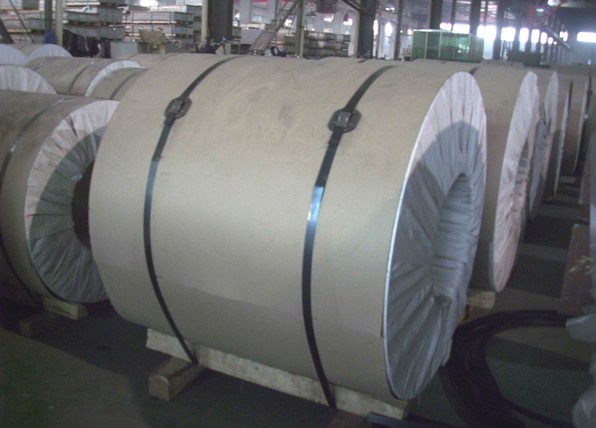When it comes to choosing the right aluminum alloy for your project, two names often surface: 3003 aluminum and 6061 aluminum. But what are the key differences and applications of these two alloys? In this article, we’ll explore the characteristics of 3003 aluminum and 6061 aluminum.

3003 Aluminum: Versatile and Corrosion-Resistant
- Composition and Properties: 3003 aluminum is a member of the 3xxx series, primarily composed of aluminum with manganese as the major alloying element. It is celebrated for its excellent formability, corrosion resistance, and moderate strength.
- Applications: Due to its outstanding formability, 3003 aluminum finds its place in various applications such as cooking utensils, decorative trim, and chemical equipment. Its resistance to corrosion makes it a top choice for outdoor applications, including rain gutters and roofing materials.
- Strength and Weldability: While not the strongest aluminum alloy, 3003 offers moderate strength and remarkable weldability, making it suitable for projects that require easy fabrication and assembly.
6061 Aluminum: High Strength and Versatility
- Composition and Properties: 6061 aluminum is a member of the 6xxx series, renowned for its high strength and versatility. It consists of aluminum, magnesium, and silicon, offering excellent machinability and weldability.
- Applications: 6061 aluminum is widely used in structural applications, including aircraft components, bike frames, and automotive parts. Its superior strength-to-weight ratio makes it an excellent choice for projects where structural integrity is crucial.
- Strength and Machinability: 6061 aluminum is significantly stronger than 3003, making it a preferred option for applications requiring a high-strength material. Its machinability allows for precise shaping and machining.
Choosing the Right Alloy for Your Project
So, how do you decide between 3003 aluminum and 6061 aluminum for your project? The choice largely depends on your specific requirements.
- Formability vs. Strength: If your project demands intricate shapes and formability, 3003 aluminum may be the better choice. Its corrosion resistance also makes it suitable for outdoor applications.
- Strength and Precision: For projects where strength and precision are paramount, 6061 aluminum is the clear winner. Its high-strength properties and machinability are ideal for structural components and precise machining.
- Cost Considerations: 3003 aluminum is often more cost-effective compared to 6061. If budget constraints play a significant role in your project, 3003 may be the better option.
In conclusion, both 3003 aluminum and 6061 aluminum have their unique properties and applications. The choice between them depends on the specific needs of your project. Whether you prioritize formability, corrosion resistance, high strength, or machinability, understanding the differences between these alloys will help you make the right decision for your aluminum project.
